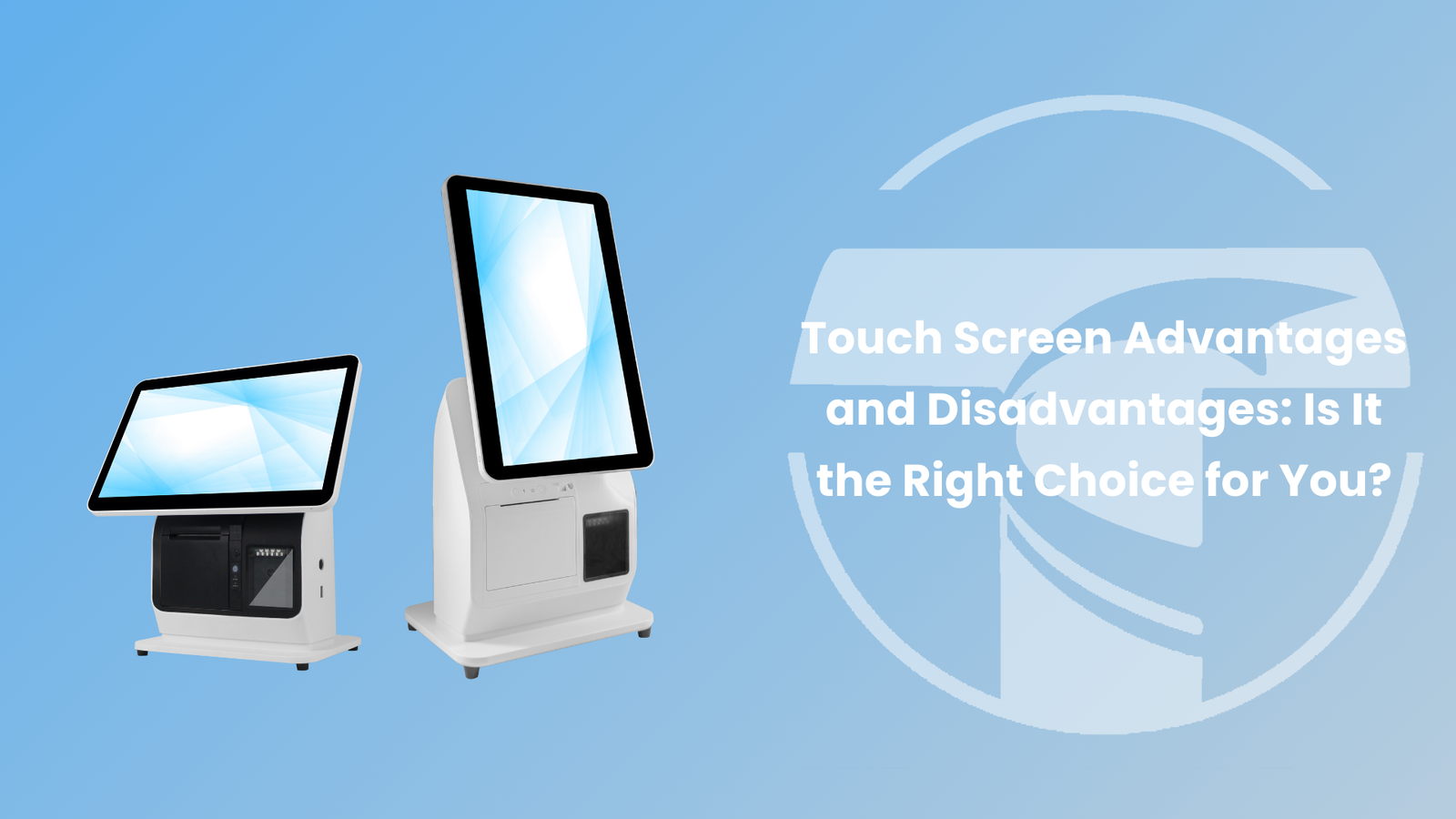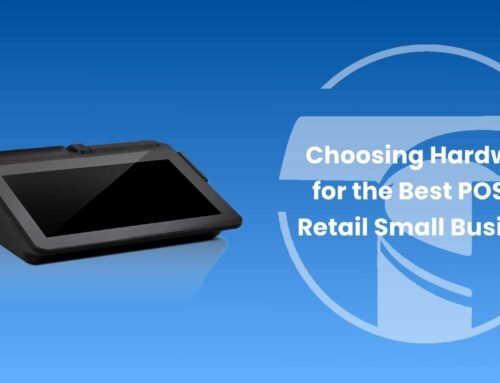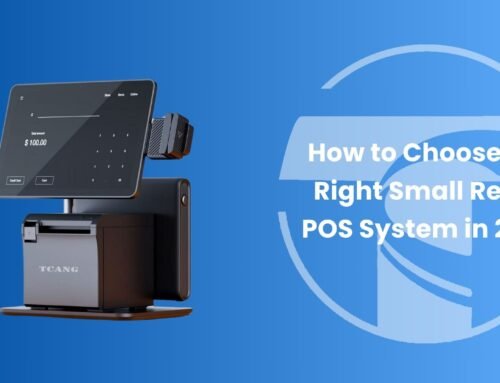Touch screens have revolutionized the way we interact with devices, from smartphones and tablets to laptops and industrial machines. While they offer a seamless and intuitive user experience, they also come with certain drawbacks. In this article, we’ll explore touch screen advantages and disadvantages to help you determine whether this technology is the right choice for you.
Advantages of Touch Screens
1. Ease of Use and Intuitive Interaction
One of the biggest touch screen advantages is their simplicity. Unlike traditional keyboards and mouse setups, touch screens allow users to navigate with a simple tap, swipe, or pinch. This makes them incredibly user-friendly, even for those unfamiliar with technology.
2. Enhanced Speed and Efficiency
Touch screens streamline interaction, reducing the need for physical buttons or external peripherals. This advantage is particularly beneficial in retail, hospitality, and healthcare industries, where quick access to information is essential.
3. Space-Saving Design
Since touch screens eliminate the need for physical keyboards or mice, they allow for more compact and lightweight device designs. This has led to sleeker, more portable gadgets, such as tablets and ultra-thin laptops.
4. Improved Accessibility
Touch screens enhance accessibility for users with disabilities. Features like voice commands and gesture-based controls offer alternative ways to navigate devices, making technology more inclusive.
Disadvantages of Touch Screens
1. Susceptibility to Damage and Wear
A key touch screen disadvantage is its vulnerability to scratches, cracks, and smudges. Unlike physical buttons, touch screens require extra care to prevent damage, especially in rugged environments.
2. Higher Cost
Devices equipped with touch screen technology often come at a higher price compared to their button-based counterparts. Repairing damaged screens can also be costly, adding to long-term maintenance expenses.
3. Limited Precision for Certain Tasks
Although touch screens work well for most interactions, they may lack the precision required for detailed tasks like graphic design or gaming. Professionals often prefer styluses or external accessories to enhance accuracy.
4. Issues with Responsiveness
Some touch screens can be affected by environmental factors like moisture, dirt, or extreme temperatures, leading to decreased responsiveness. This can be a drawback in industries where reliability is critical.
Conclusion: Is a Touch Screen Right for You?
Understanding touch screen advantages and disadvantages is crucial when deciding whether to invest in a touch-enabled device. If you prioritize convenience, speed, and modern design, a touch screen is a great choice. However, if durability, precision, and cost are major concerns, traditional input methods might be more suitable.
Ultimately, selecting the right technology depends on your unique needs and usage habits. By weighing these factors, you can make an informed decision that aligns with your lifestyle and professional requirements.







Leave A Comment